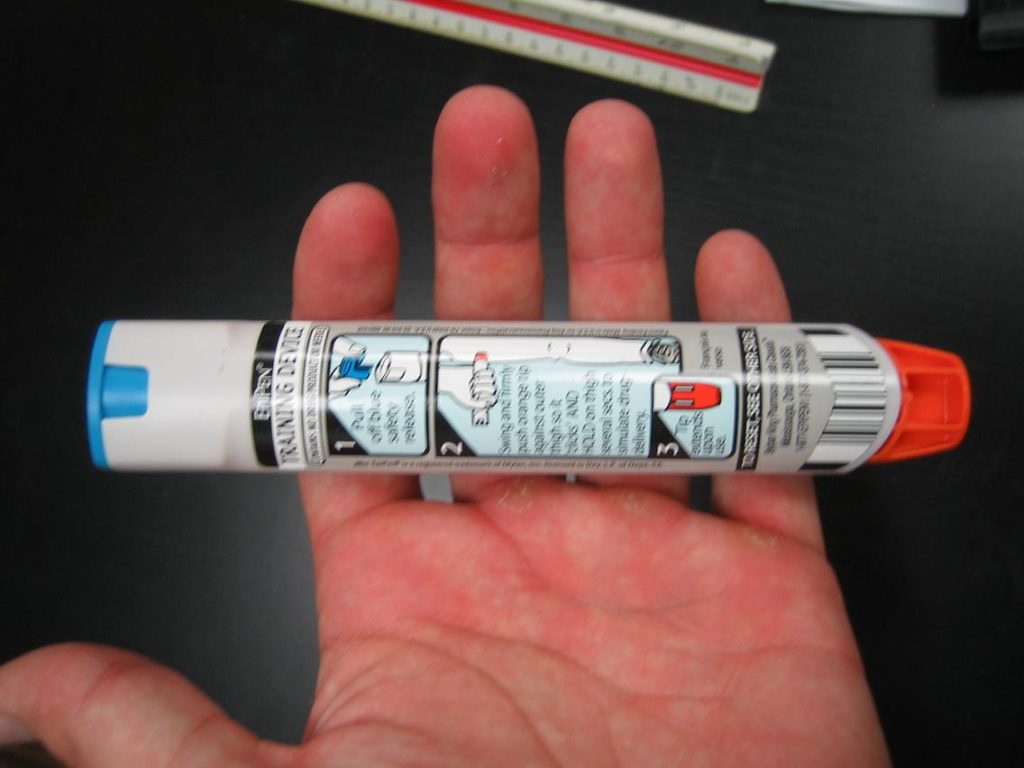Allergic rhinitis is characterized by the inflammation of the nasal passages. It happens when an individual, who has a hypersensitive immune system, accidentally inhales pollen, dust particles and other types of allergen, causing his or her airway to become inflamed. Allergic rhinitis is commonly known as “hay fever,” especially when the individual is allergic to the pollens of grass. Although the symptoms resemble that of a flu – in which cold and sneezing is experienced by the affected individual – it does totally cause fever, as what the name “hay fever” suggests.
How Allergic Rhinitis Occurs
The tendency of an individual to develop allergic rhinitis is triggered by the overproduction of immunoglobulin E (or IgE), a type of antibody that plays a vital role in hypersensitivity. In patients with allergic rhinitis, IgE binds to basophils and granulocytes to release inflammatory-producing chemicals such as histamine. When histamines are released, it produces physiologic symptoms including itchiness, watery eyes, sneezing, and overproduction of mucus.
Causes of Allergic Rhinitis
Allergens are the main cause of allergic rhinitis. Once a person gets exposed to different allergens, it could likely trigger the onset of allergic rhinitis. Things like dust, pollen, grass, weeds, fur and other chemicals that cause sensitivity to the nasal passage could trigger allergic rhinitis. Several studies also suggest that the genetic makeup of an individual also plays an important role in the development of allergic rhinitis.
Common Signs and Symptoms
The hallmark sign of allergic rhinitis is rhinorrhea, a condition where the nose is filled with mucosal secretions due to inhalation of allergens. In layman’s term, this means excessive mucus production. When there is overproduction of nasal secretions, the airway passage becomes obstructed and congested.
Other signs and symptoms of allergic rhinitis include: itchiness, sneezing, watery eyes and swelling of the eye lids, and erythema or redness of the nasal cavity and facial area. However, when allergic rhinitis becomes prolonged, the symptoms could develop into nasal congestion, runny nose, continuous coughing, red and puffy eyes, clogged ears and irritability/fatigue.
Treatment options for allergic rhinitis
The current best treatment option for the condition is to go see a doctor. They will conduct a physical exam and ask about the symptoms followed by allergy testing or blood tests to help diagnose the likelihood of allergy. Once you have your condition checked up, the doctor will create an allergy treatment plan for you along with the common medications used, such as inhaled corticosteroids and oral antihistamines. Finally, and most importantly, you need avoid the allergens that usually trigger rhinitis. It may be totally impossible to avoid all allergens, but you can always take simple steps to reduce your likelihood of being exposed to one.
Related Video On Allergic Rhinitis
Sources:
Allergic Rhinitis. (2012). Web MD. Retrieved May 14, 2014 from http://www.webmd.com/allergies/tc/allergic-rhinitis-overview
Hay Fever. (2013). MedicineNet.com. Retrieved May 14, 2014 from http://www.medicinenet.com/hay_fever/article.htm

